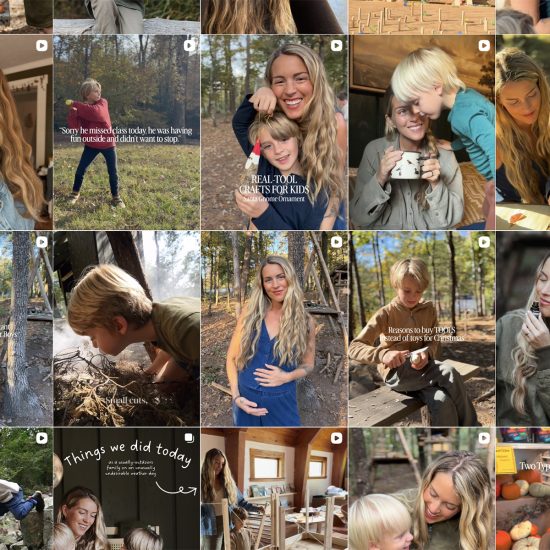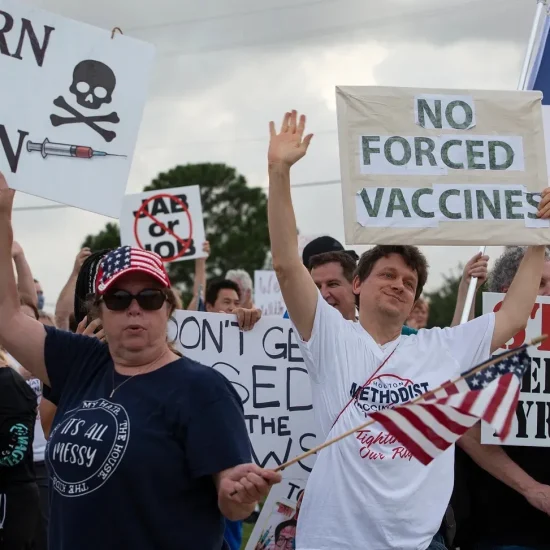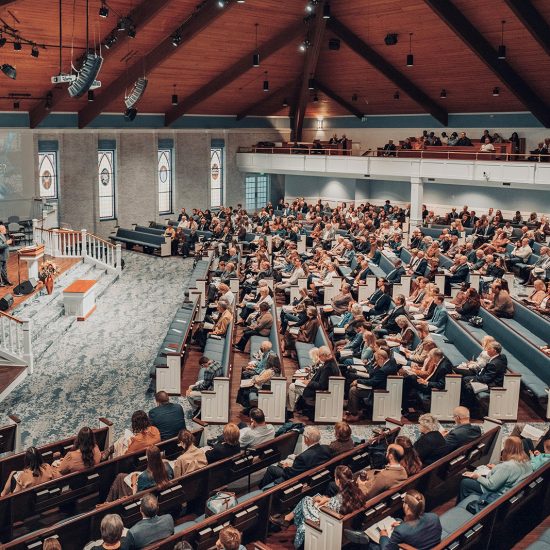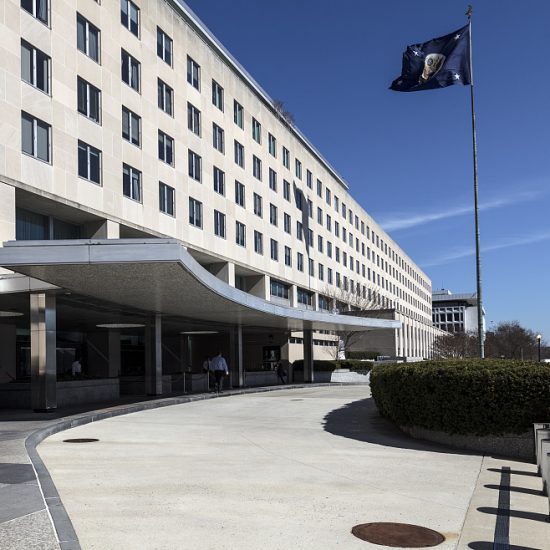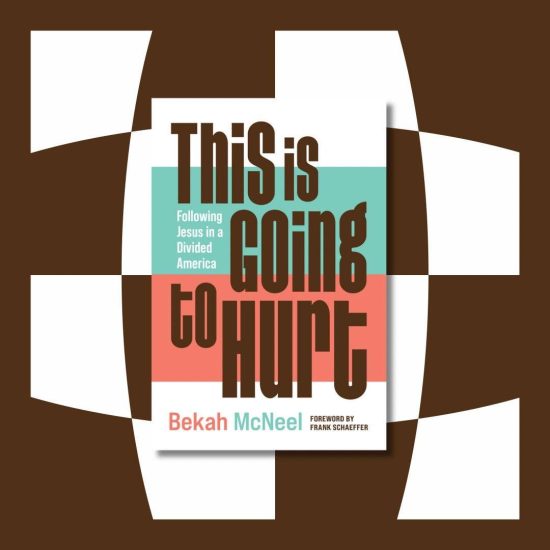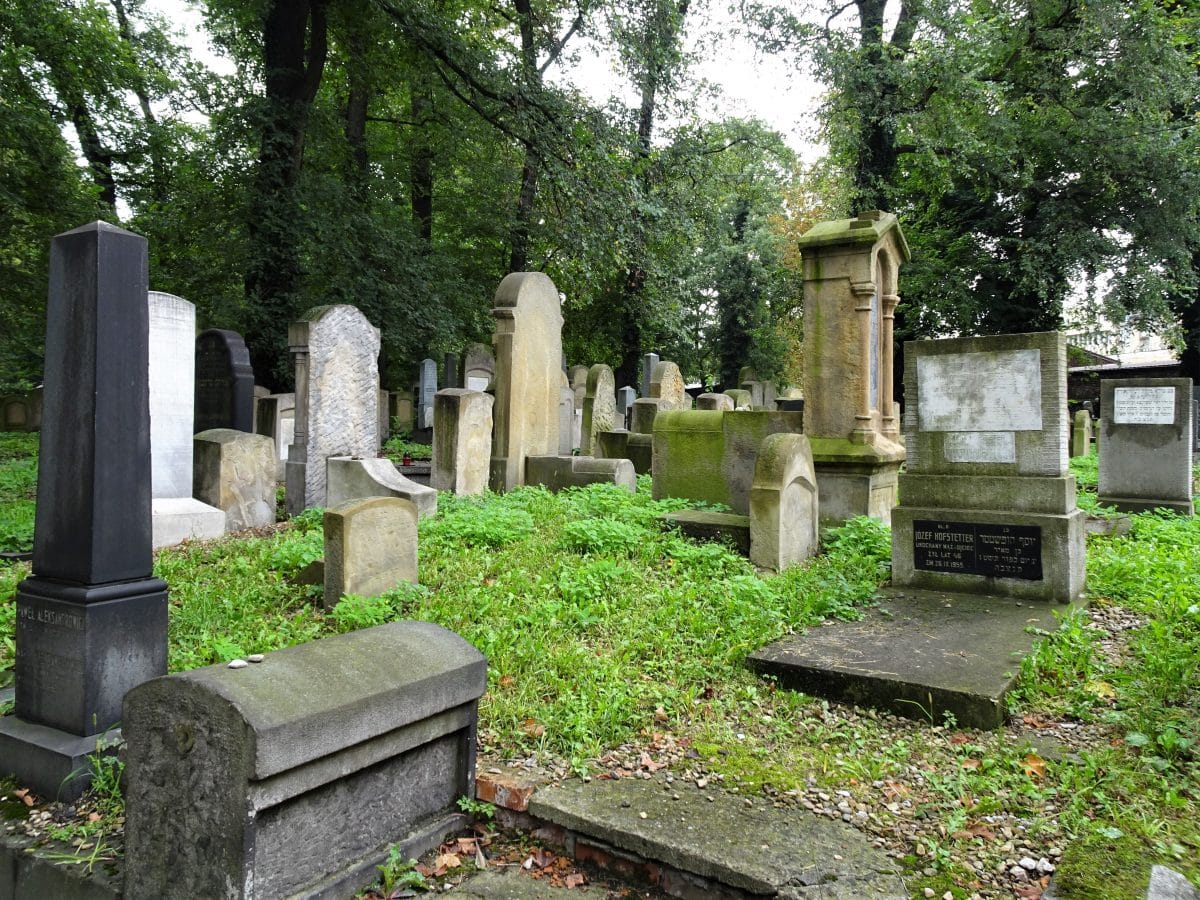
As people are dying from coronavirus — as well as from other causes that would’ve still occurred without the pandemic — pastors and grieving families face new struggles with how to plan funerals in a time when people are supposed to practice social distancing. For many Baptist pastors, funerals now bring new ministry challenges in order to avoid gatherings of more than 10 people and to remain more than six feet away from others.
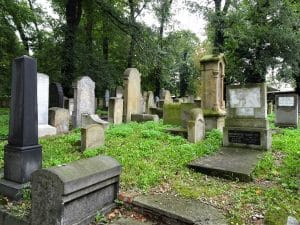 As of April 6, more than 1.3 million people globally have been infected with the COVID-19 respiratory disease caused by coronavirus, and more than 74,000 have died. In the U.S., the country with the highest number of infected persons, more than 359,000 people have tested positive and more than 10,000 have died.
As of April 6, more than 1.3 million people globally have been infected with the COVID-19 respiratory disease caused by coronavirus, and more than 74,000 have died. In the U.S., the country with the highest number of infected persons, more than 359,000 people have tested positive and more than 10,000 have died.
The coronavirus outbreak resulted in most churches across the country suspending in-person worship services, and it is also upending funeral traditions. As Jason Edwards, senior pastor at Second Baptist Church in Liberty, Missouri, told Word&Way, “the coronavirus is impacting everything right now.” And as that includes funerals, he said, the social distancing limitations will mean “grief is being compounded during this time.”
He mentioned talking with someone whose father was on hospice care. Not only was she grieving that “she shouldn’t go into the care facility to see him again during this pandemic for the safety of others,” Edwards said, but “she’s also wrestling with how to have some form of a memorial service for him at a time when a funeral is not allowed.” He said some options include waiting to hold a memorial service after the outbreak, allowing people to watch a graveside service from cars to avoid a large in-person gathering next to the site, or trying to stream the service online.
“We’ve been brainstorming other creative options as well to help families process loss of loved ones,” he added. “I know of other situations where families who have lost children are having to face the sorrow of not being able to have a traditional funeral for their child.”
And there are other ways in which Edwards has seen the coronavirus restrictions impact his normal pastoral care behaviors.
“We’ve had people in the hospital because of emergency surgeries. Children being born. Other significant care situations I won’t go into specific details on,” he explained. “The care all has to happen over the phone, via virtual communication options, and through writing notes, and other creative care options. We’re all adapting daily.”
Other pastors are experiencing the same difficulties. Gary Snowden, associate pastor at First Baptist Church in Lee’s Summit, Missouri, told Word&Way about leading a funeral for a 90-year member of the church. In addition to trying to keep the service just for family members to not include more than 10 people, he also found it difficult to avoid physical contact — which health officials recommend to prevent the spread of coronavirus. But funerals are a time when he would normally shake hands and hug people.
“I was the first to arrive and the funeral home director extended his hand to shake with me and I kindly declined to do so,” said Snowden, who also serves as mission team leader for Churchnet. “He quickly apologized for having done so and remarked that it was just a habit. I laughed and said that we were all having to learn new protocol.”
“The family hopes to have a larger celebration of life service at some future date when that’s once again possible,” Snowden added. “The other thing that was really difficult for me is not giving the wife of the deceased a hug at the end of the service.”
For some pastors, technology can help with funerals in these difficult times. Paul Marine, pastor of Sunset Hills Baptist Church in Omaha, Nebraska, told Word&Way the limitation on funeral attendance raised difficult questions for planning a recent service.
“These were tough decisions to make,” he said. “Who gets to be in the chapel? Who will speak or sing at grandma’s funeral? How do you share comfort from an arm’s length?
However, he also found that technology helped bring more people into the service, as did efforts by the funeral director.
“The funeral director and his helpers stayed out of the chapel as the service was held so all 10 spaces could be filled with family,” Marine said. “The service was recorded and made available on Facebook simultaneously with the chapel service and available later for others to see.”
However, much as many churches have experienced a learning curve in working out glitches in livestreaming their services — or avoiding zoombombing of online Sunday School classes or other meetings — technology can also fail during attempts to broaden a funeral service’s reach.
Sean Dougherty, senior pastor at First Baptist Church in Kearney, Nebraska, told Word&Way he led a funeral right as the 10-person limit went into effect. Unfortunately, efforts to livestream the service didn’t work well.
“The man was cremated, making it a little simpler, but we were able to stick to the in-person limit and give some closure to the family as well,” Doughtery explained. “They tried livestreaming it on a phone on Facebook, but it didn’t work very well because they had never used that feature before. It was different for sure.”
But even more than tech failures or limits on how many people can be present, pastors are especially struggling with how to comfort those who are grieving while also maintaining the recommended physical distance.
Jeanie McGowan, interim pastor at Bethel Baptist Church in Columbia, Missouri, told Word&Way about an effort after a 52-year-old man died suddenly. She said “such losses are difficult enough in the best of times, but so much more heart-wrenching when we are all isolating from one another.” So, members of the church held a drive-by visitation to show support for the grieving family.
“I witnessed a beautiful and creative expression of love and care,” she added. “I do not know exactly how many cars of people — more than 50, I believe — lined up at a nearby middle school, with permission from the police. We then left at the designated time to pass by the family who stood on the curbside as we drove by. A loving church reaching out in love.”

